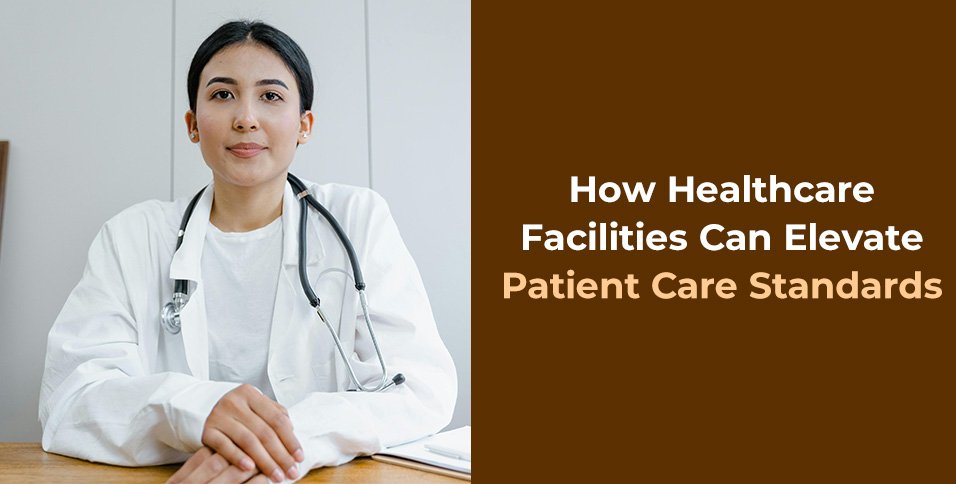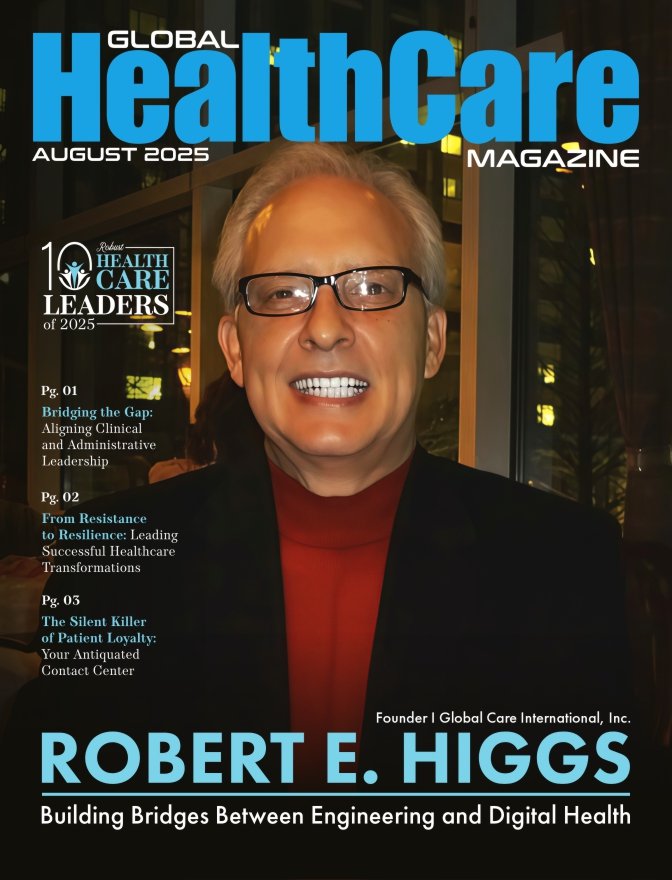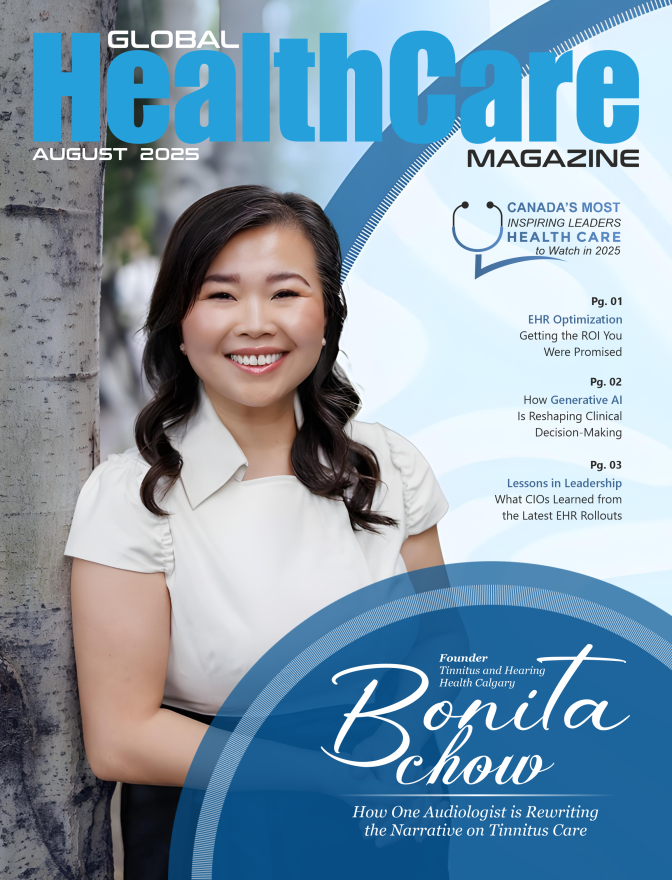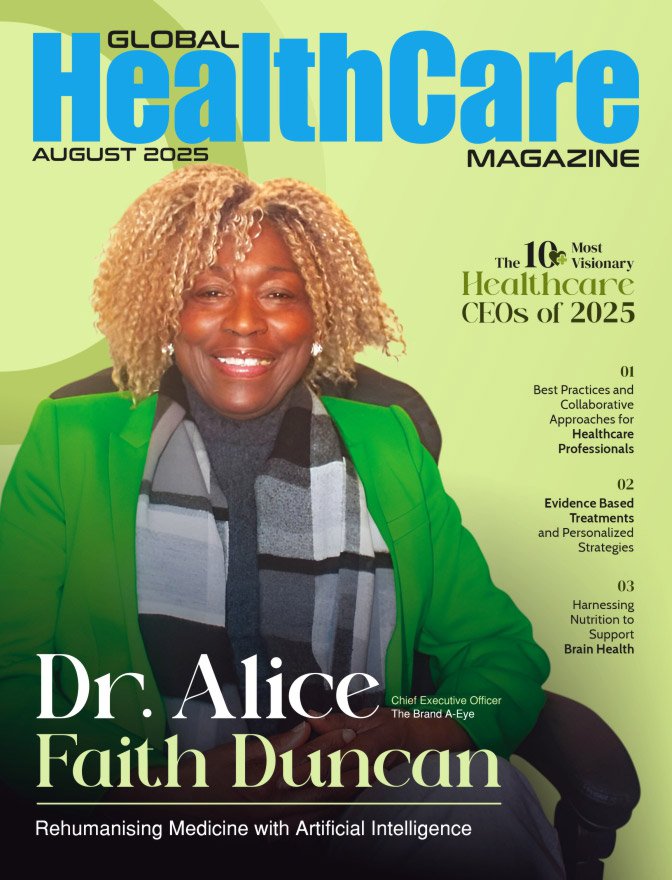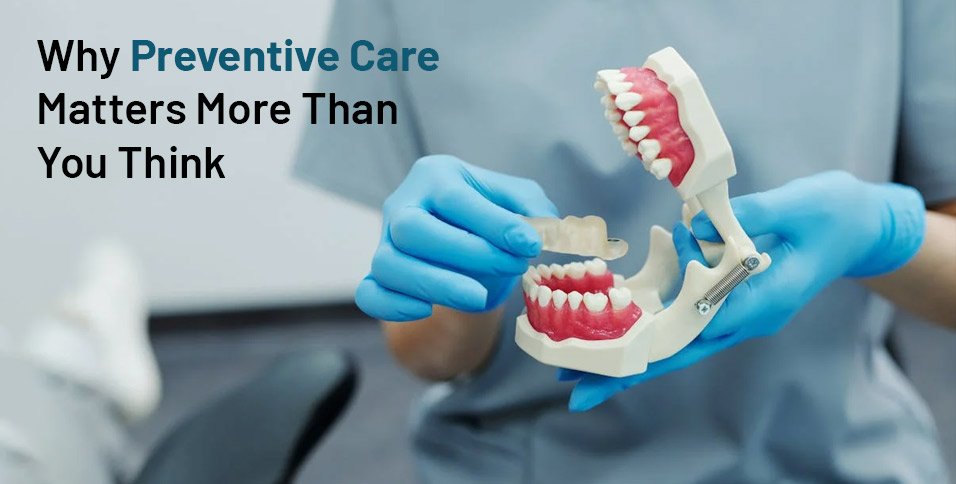In today’s rapidly evolving medical landscape, the ability of healthcare organizations to provide high-quality care is more important than ever. The expectations of patients, families, and the broader community continue to rise, pushing healthcare providers to consistently improve and innovate. At the heart of this transformation is leadership. Healthcare administrators play a vital role in ensuring that healthcare institutions operate efficiently and prioritize the well-being of those they serve. To meet these demands, professionals with advanced knowledge in healthcare management are increasingly sought after.
Here’s how you can improve healthcare policy, ethics, and organizational management in your healthcare facility:
Understanding the Core Principles of High-Quality Patient Care
To elevate patient care, healthcare organizations must first understand what constitutes high-quality service. At its core, quality care involves prioritizing the safety, well-being, and needs of patients while providing treatment that is efficient and effective. Key elements include clear communication, timely interventions, and an approach that respects each person’s unique circumstances. One of the most important aspects of delivering quality care is personalization and recognizing that every patient is different and that their treatment should be tailored to their specific health needs.
Hiring the Right Leaders
Healthcare organizations can only achieve high standards of care if they are guided by skilled, thoughtful leadership. Effective managers have the vision and insight to implement strategic changes that directly impact the quality of services. Graduates of online healthcare administration programs are uniquely equipped to fill this role due to their comprehensive education in areas such as hospital management, ethical practices, and healthcare law. These leaders not only have the knowledge to manage complex healthcare systems but also understand how to foster a culture that prioritizes staff and patient satisfaction.
Programs such as an online Master’s in Healthcare Administration (MHA) provide a curriculum designed to develop future leaders who can tackle the challenges facing modern health services. These programs prepare professionals to oversee operations, make data-driven decisions, and communicate effectively with medical staff and patients. Hiring graduates from such programs can help you address diverse healthcare needs and improve care quality.
The Importance of Staff Training and Development
Training and ongoing development are essential for maintaining high standards of care. Healthcare professionals must stay updated on the latest medical techniques, technologies, and protocols to provide optimal care. Regular training sessions, workshops, and certifications ensure that all staff members, from doctors to administrative personnel, can perform at their best. Well-trained staff members are also more confident in their roles, leading to improved communication and teamwork.
Also, healthcare organizations should focus on creating pathways for professional growth. Encouraging staff to pursue advanced qualifications or certifications ensures that they have the tools necessary to advance their skills and improve the care they provide. With the right training programs in place, healthcare providers can foster a workforce that is highly capable and motivated to continue enhancing their expertise.
Implementing Effective Communication Strategies
Communication is the cornerstone of quality care. Clear and effective communication between healthcare professionals, patients, and their families is crucial for ensuring that everyone involved is on the same page regarding treatment plans and progress. Healthcare organizations must implement communication strategies that foster trust and transparency. This includes providing patients with clear, concise information about their treatment options, addressing any concerns they may have, and ensuring that they are involved in the decision-making process.
Internally, healthcare teams must also communicate effectively to coordinate care. Regular team meetings, streamlined information sharing, and the use of technologies like electronic health records (EHR) help ensure that everyone is aware of the patient’s needs and history. With these tools in place, healthcare teams can work together more efficiently, ultimately improving patient outcomes and satisfaction.
Technology Integration in Healthcare Facilities
Technology has the potential to significantly enhance the quality of care provided to patients. Innovations such as electronic health records (EHR), telemedicine, and patient monitoring systems allow healthcare providers to deliver more efficient and personalized care. EHRs enable better tracking of patient histories, reducing the likelihood of errors and improving coordination among care teams. Telemedicine allows healthcare providers to reach patients in remote areas or those with mobility issues, offering consultations and treatment options from the comfort of their homes.
Furthermore, patient monitoring systems, such as wearable devices that track vital signs, help providers to monitor patient conditions in real time. These technologies also offer patients greater control over their care by enabling them to track their progress and communicate directly with healthcare providers. As the healthcare industry continues to adopt and integrate new technologies, facilities that embrace these innovations will be better equipped to meet the needs of their patients, improve care standards, and streamline operations.
Patient-Centered Care: Understanding Patient Needs
Patient-centered care focuses on the individual needs of each patient, aiming to treat them holistically rather than just addressing medical conditions. This approach prioritizes empathy, respect, and a deep understanding of what the patient values. When healthcare professionals take the time to understand patients’ concerns, preferences, and emotional states, they can provide care that truly makes a difference in the patient’s experience and recovery.
In practice, this can mean offering flexible treatment plans, involving patients in decision-making, and providing support for both physical and mental health needs. A patient-centered approach also includes respecting cultural, social, and personal factors that may influence treatment choices. By integrating patient feedback through surveys or direct communication, healthcare providers can ensure they are continually aligning their care with patient expectations, leading to higher satisfaction and better health outcomes.
As healthcare systems face increasing pressure to meet the needs of a diverse and growing patient population, elevating care standards is more critical than ever. The strategies discussed, from hiring the right leaders to fostering a collaborative team culture, play key roles in ensuring that patients receive the best possible care. Also, leveraging technology, prioritizing effective communication, and creating environments that support physical and mental health all contribute to a holistic approach to patient care.
Leaders who pursue advanced education in healthcare management are well-equipped to make meaningful changes within their organizations. These professionals have the skills needed to drive improvements across the entire system, from patient care to operational efficiencies. By focusing on leadership, staff development, patient-centered care, and quality control, healthcare facilities can continue to enhance care standards and improve the overall patient experience.
Also Read: Designing Calm: How Pediatric Healthcare Spaces Reduce Anxiety

